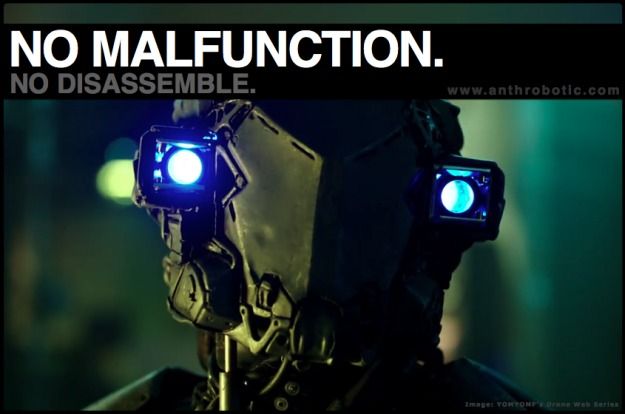Sep 17, 2012
iPhone 5 Hyper-Anticipation: It Didn’t Mean What You Think it Meant (AGAIN)
Posted by Reno J. Tibke in categories: business, complex systems, economics, events, rants
iPhone 5 Hyper-Anticipation: It Didn’t Mean What You Think it Meant (AGAIN)
https://lifeboat.com/blog/2012/09/iphone-5-hyper-anticipatio…eant-again
Okay, now — bear with me on this — and check it out:
For now and for better or worse, The United States is home to a plurality of the world’s techiest technology, investment capital, productive creativity, and cutting edge research. As such, hiccups in those technology-driven economies of real currency and ideas can ripple around the entire planet.
Amid considerable anti-intellectualism and various public & private R&D funding issues, American tech leadership and innovation is stuttering and sputtering and might be in danger of faltering. While we’re not at that point just yet, there is an interesting harbinger with a peculiar manifestation: New iPhone Anticipation Loopiness. As I said, bear with me.

_______________
This is a repost & redux from an October 5, 2011 Anthrobotic.com piece — published a day before the suspected-to-be-iPhone 5 was released as the iPhone 4S. While the fanboy drool and mainstream gee-whiz was considerably dialed down this time around (in part due to lots of leaking), the sentiment of this piece remains relevant and largely unchanged. Now, we did have the Nuclear-Powered Science Robot Dune Buggy with Lasers (AKA the rover Curiosity) this year, and that was very big, but on a societal level we still have a sad hole in our technology heart.
Continue reading “iPhone 5 Hyper-Anticipation: It Didn't Mean What You Think it Meant (AGAIN)” »









